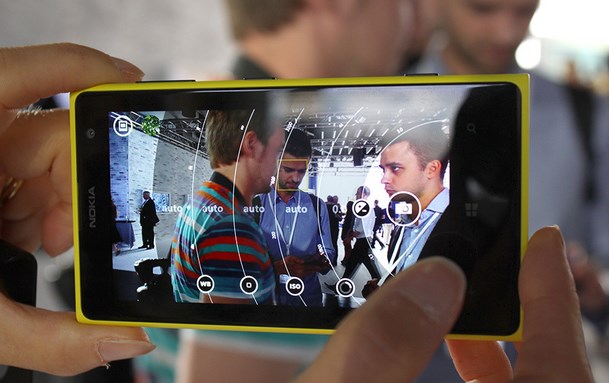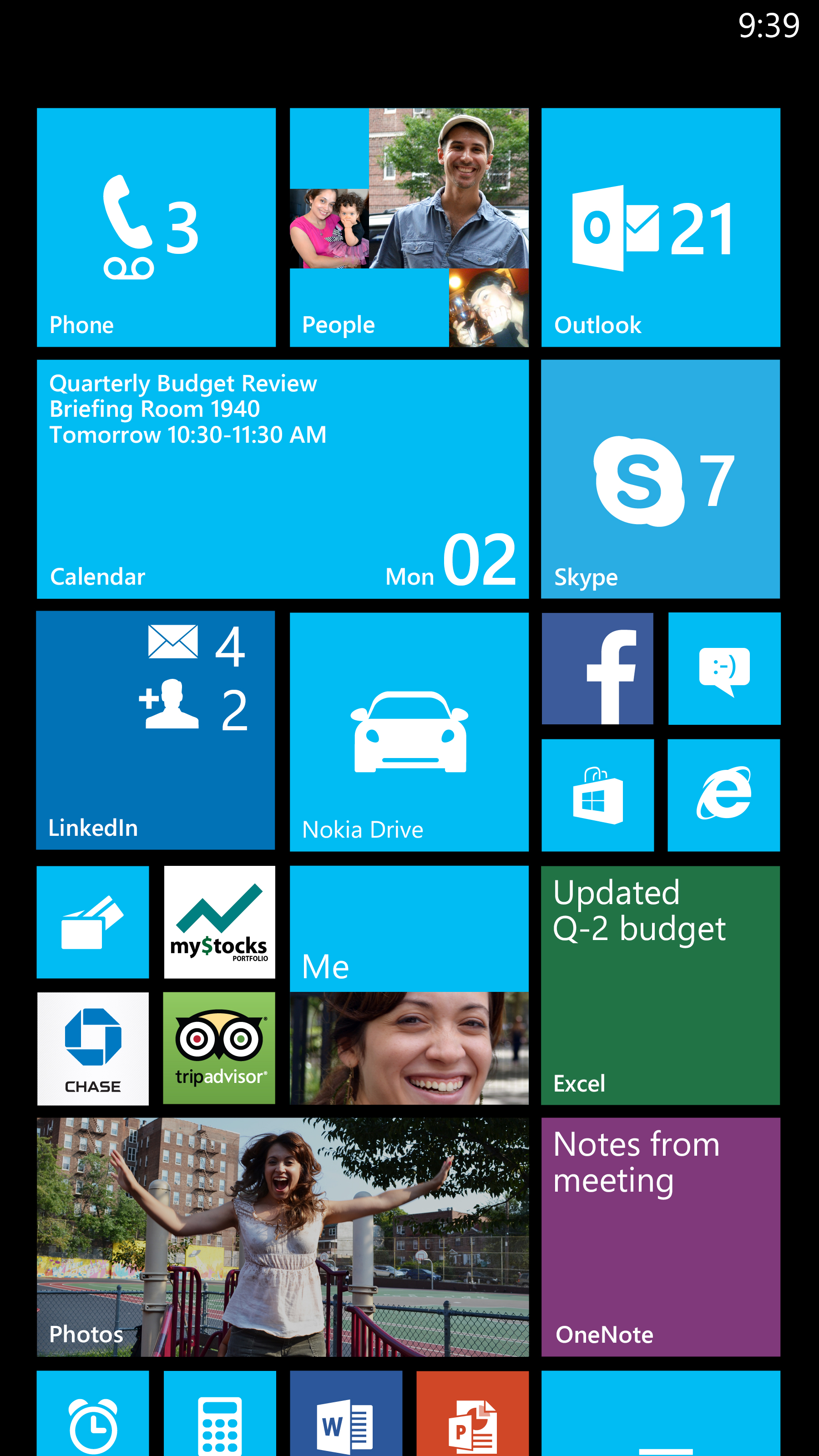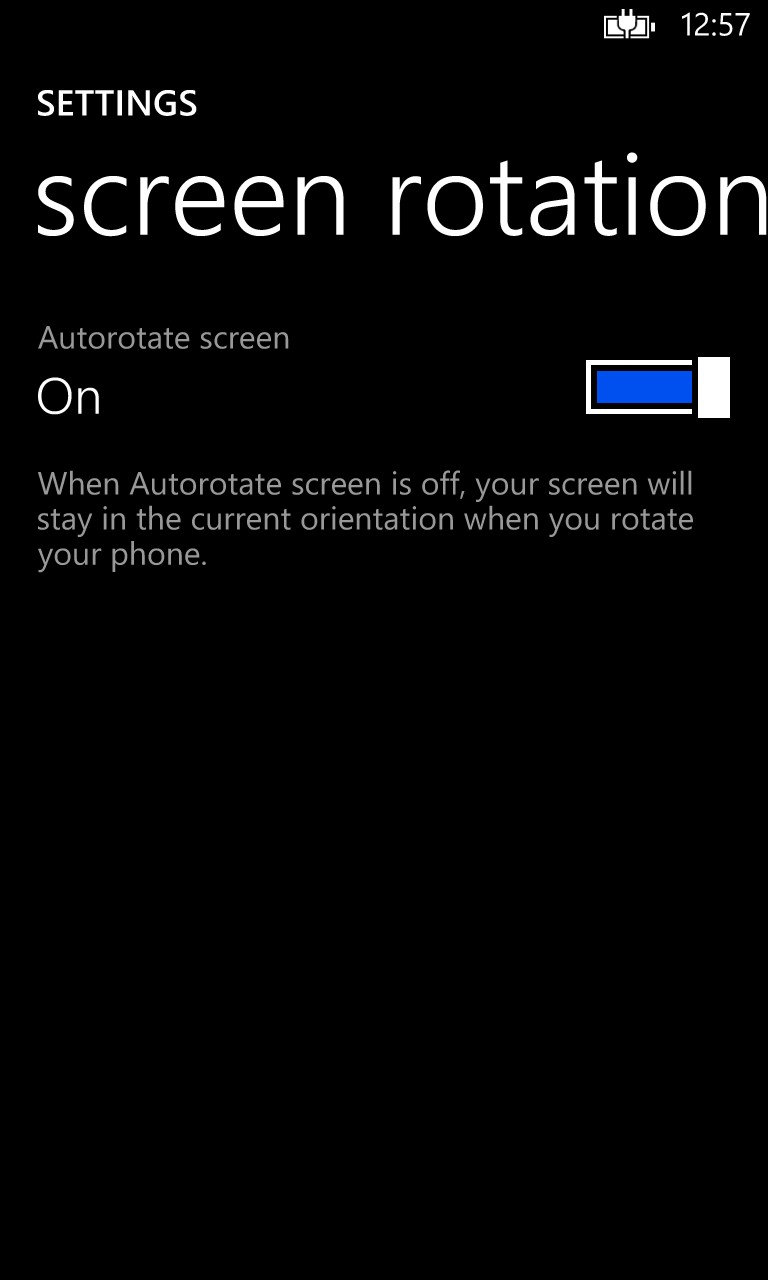Today Microsoft announced its third update to Windows Phone 8. This is the set of new features and upgrades that will carry the smartphone platform through the holiday sales cycle. Included among the new set of code is support for faster processors, larger screens, higher resolution displays, better Internet sharing, and a set of quality of life changes that will be welcome to current handsets owners.
Late last week, Windows Phone celebrated its third birthday as a public smartphone platform. To kick off the third update to its current iteration (Windows Phone 8) now is fitting. Don’t call it Windows Phone 8.1, though, as its official name is simply ‘Windows Phone 8 Update 3.’
Also included in the update are accessibility upgrades, and a new developer program that will get the fresh firmware into the hands of developers more quickly than in previous releases. Let’s take this all in turn, starting with the hardware support upgrades.
Tablet That Phone, Bro
Windows Phone 8 Update 3 contains a number of firmware updates that allow for Windows Phone to fit onto small tablets successfully. If you merely scaled Windows Phone 8 Update 2 to 5, and 6 inch screens, the experience would be as lukewarm as BlackBerry on a touchscreen.
To combat that – and to unlock new hardware SKUs that will likely command higher margins than the all-popular Lumia 520 – Microsoft added support for the Qualcomm 8974 quad-core chip, support for 1080p screens, and adapted the core Windows Phone Start Screen software to better suit larger displays. We’ll put aside the Start Screen changes for now, but the skinny on the new Qualcomm chip and better screen resolutions is simple: Windows Phone is going phablet.
The new lay of the land: Windows 8.1 down to 7 inch displays, and Windows Phone 8 Update 3 up to 6 inch displays. Microsoft has therefore decided that the tipping point between Windows and Windows Phone is the space between 6 and 7 inch displays.
Kicker: Those Lumia 2520 devices you’ve been seeing bouncing around. Are they Windows RT, or Windows Phone 8 Update 3-based? We’ll find out soon enough, but Microsoft has certainly opened a new categroy of Windows Phone 8 devices – the big ass phones. Or phablets, if you prefer. Or tab-phones. Or phoney-tabs? I’m not sure.
I haven’t had a chance to touch one of the larger Windows Phone 8 handsets, but I did ask Microsoft’s Greg Sullivan (Director of Windows Phone), someone whom I like, and he reported (as you probably expected) that he enjoyed the new hardware. Make of that what you will.
Updated Start Screen
As noted previously, simply scaling the current Windows Phone Start Screen to larger displays would be milquetoast at best. Recall how lovely iPhone applications are when scaled up to iPad display proportions. So, Microsoft has updated the Start Screen to support an additional row of tiles.
I was not able to take a screenshot of the new screen in the wild, so you will have to subsist on the following provided image that Microsoft shared with TechCrunch:
A question: At what point do we reach a certain level of information density in Windows-based products that we begin to glaze over. The Windows 8.1 Start Screen and the Windows Phone 8 Update 3 Start Screen are two of the most active home areas of any operating system that I can recall – can we keep track of all those Live Tiles?
Generationally, that might have the first time I pulled out the ‘I’m too old for this stuff,’ card, but while I doubt that youths will blanch at the wildly colored and updating Start Screen environments, I can see older folk feeling a bit Old Man [Out To] Sea.
Odds And Ends
While the new hardware support and Start Screen are the most visible elements of Update 3, it does contain a grip of other features and fixes that are worth noting.
Windows Phone is now easier to use if you are blind, or have difficulty seeing. If you have a Windows 8.1 device, you can share Internet over Bluetooth without the need to enter a password.
You can now assign custom ringtones to different phone function, so you can dodge that call without even taking your phone out of your pocket. You can close apps now, full stop, when in multitasking view. Microsoft claims that it thinks its own method is great, but if you are too legit to not quit, you will have that agency.
At last: You can lock the damn screen in place so whilst sheeted and pillowed, you don’t have to flip back and forth every 9 seconds.
And finally, Microsoft has updated how it displays internal storage usage, moving around how data is counted, I got to play with it. It’s nice. As before, I don’t have an image.
When Do You Get It
If you have read this far, you likely own a Windows Phone handset, and want the new code. Regular folks will get the updates between the Fall, and the early parts of 2014. Carrier considerations, testing, and the like will determine when precisely your handset gets the bump.
Or, you know, unless you want it tomorrow.
If you are among the 300,000 or so registered Windows Phone developers, or among the masses of unlettered folks – such as your humble servant – who played with the App Studio, you can get the update tomorrow. More details on that shortly. For a quick tour of App Studio, head here.
Is The Update Good?
Frankly, I expected Microsoft to 8.1 its Windows Phone 8 platform before the end of the year. We moved from Windows Phone 7, to 7.1, to 7.5, to Windows Phone 8 in quick succession. And now, instead of putting out a numbered release, Microsoft instead continued the work it has executed in the other two updates released for Phone 8 over the past year.
Will consumers care? Meeting with Windows Phone’s Joe Belfiore (he’s the group’s corporate vice president), I stated that even though the above set of features is nice, the lack of a numbered release could be a disappointment to some. He countered that the average consumer – the target demographic of Windows Phone – wouldn’t mind at all. Microsoft is very content with its software package for the holiday season.
Mind-bending? No, but what Update 3 adds to Windows Phone is hardware flexibility that could expand its allure to different consumer groups. And, the software features are hardly unwelcome. Consumers reacted well to Windows Phone 8 and its improved hardware line. Microsoft is continuing, not revolutionizing, what worked well before.
Microsoft is wagering that what it needs is new hardware, not dramatically revamped software, to grow its smartphone market share. Devices indeed, Ballmer.


